Farmer leaders from the three states that make up Northern Soy Marketing are taking advantage of a rare opportunity to submit formal comments to the United States Trade Representative (USTR) regarding various trade barriers affecting Upper Midwest soybean farmers.
In September, growers associations from Minnesota, North Dakota and South Dakota together submitted comments regarding USTR’s annual report to Congress on China’s compliance with World Trade Organization (WTO) commitments, and they are also preparing further comments to be published in USTR’s National Trade Estimate Report on foreign trade barriers.
“Our three nonpartisan associations represent the interests of more than 40,000 farmers who grow soybeans in our tri-state region, and USTR represents our side on this vitally important issue,” said Joe Smentek, Minnesota Soybean Growers Association Executive Director. “Submitting these comments gives us a rare chance to illustrate to USTR the barriers we still face and a chance to advocate to the administration to fix those barriers.”
COVID-19 presented a unique opportunity to farmer leaders and others to formally express their concerns to USTR’s Trade Policy Staff Committee, as the agency normally would hold in-person hearings in preparation for its annual report to Congress.
“China is such an enormous and important market for our growers,” Smentek said. “We’ve made a strong case in our comments that the USTR should prioritize the elimination of these barriers in talks around the Phase Two trade deal.”
Trade barriers with China have been particularly harmful to growers in Minnesota, North Dakota and South Dakota – states whose soybeans primarily ship to Asia out of the Pacific Northwest. In 2017, the last year prior to China’s imposition of this trade restriction, 90% of all Minnesota soy exports went to China, while 70% of all soybeans produced in North Dakota and South Dakota went to China.
China committed to follow WTO rules when it became a member in 2001. However, in December of 2017, China unilaterally imposed a less-than-1% foreign material (FM) requirement under threat of halting all imports of U.S.-origin soybeans. A 2% FM threshold is normally allowed in U.S. commodity soybean export shipments.
China’s changes, which went into effect Jan. 1, 2018, resulted in uncertainly and immediately caused U.S. soybean exports to decline – months before the start of the U.S.-China tariff war. Unless USTR gets the regulations removed, they will continue to restrict U.S. soybean exports even after the U.S.-China tariff dispute ends.
Since Upper Midwest farmers rely heavily on soybean exports, they appreciate any opportunity to speak on specific trade barriers. In late September, Minnesota Soybean Director of Market Development Kim Nill met with officials from USDA, USTR and several associations engaged in ag commodity export promotion to confirm specific details of the overseas export trade barriers and restrictions against U.S. soy exports.
“We came out of the meetings recognizing that China’s less-than-1-percent foreign material requirement restricts market access for U.S. commodity-grade soybeans,” Nill said. “Since this was the first in-person meeting these officials have had with outsiders since March, that alone confirmed and made more rock-solid that this is a major foreign trade barrier.”
MSGA plans to submit comments on at least 10 trade barriers and restrictions, though the organization believes there are currently more than 90 such issues.
“We know that there are dozens of trade barriers that are damaging U.S. soy exports,” Nill said. “However, we need to have the documentation and proof to be able to submit comments on all of the issues.”
After Oct. 29, USTR will combine and summarize all submitted comments to create its annual NTE Report. The 700-page document is USTR’s literal “to do” list for the subsequent 12 months as it negotiates trade agreements and works to remove barriers against all U.S. exports around the world.


